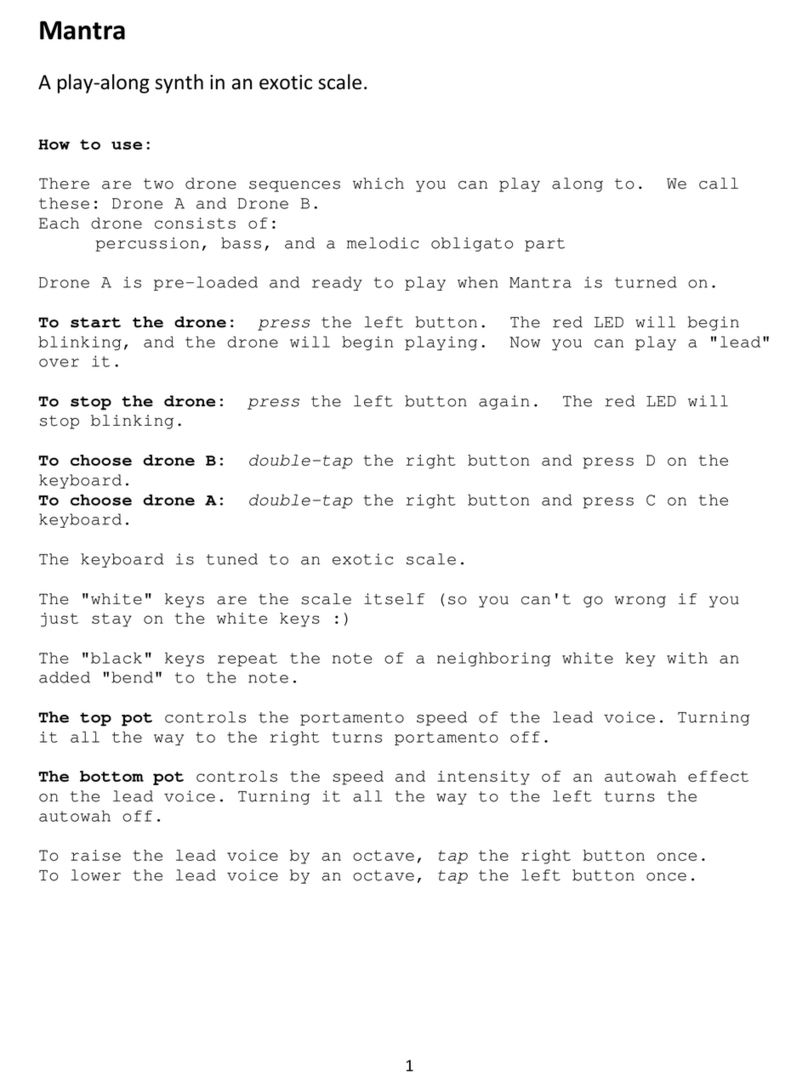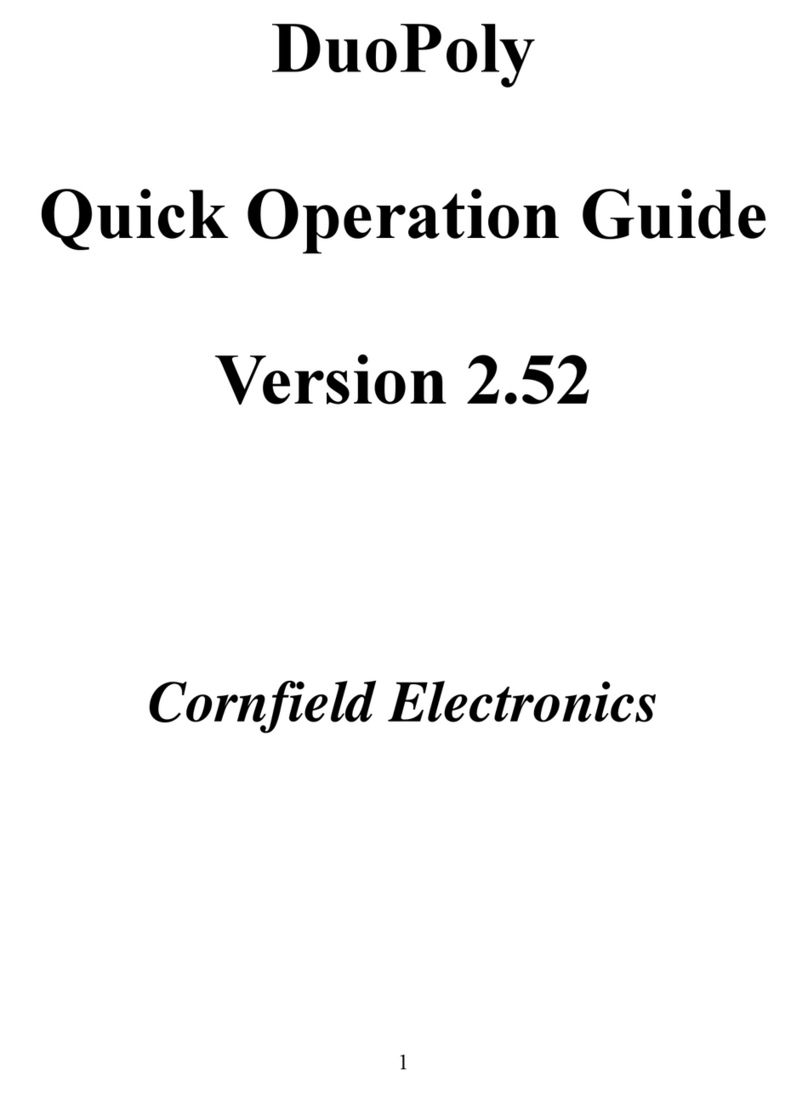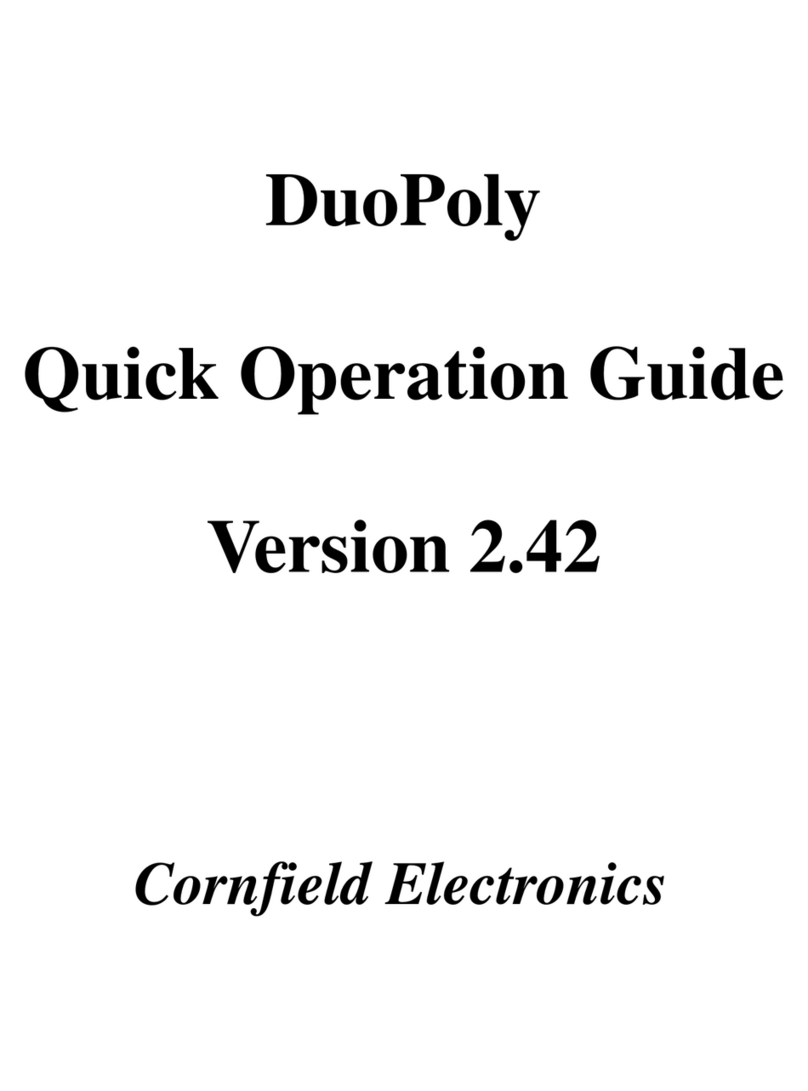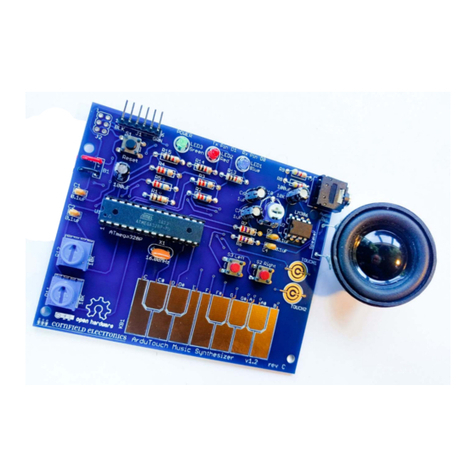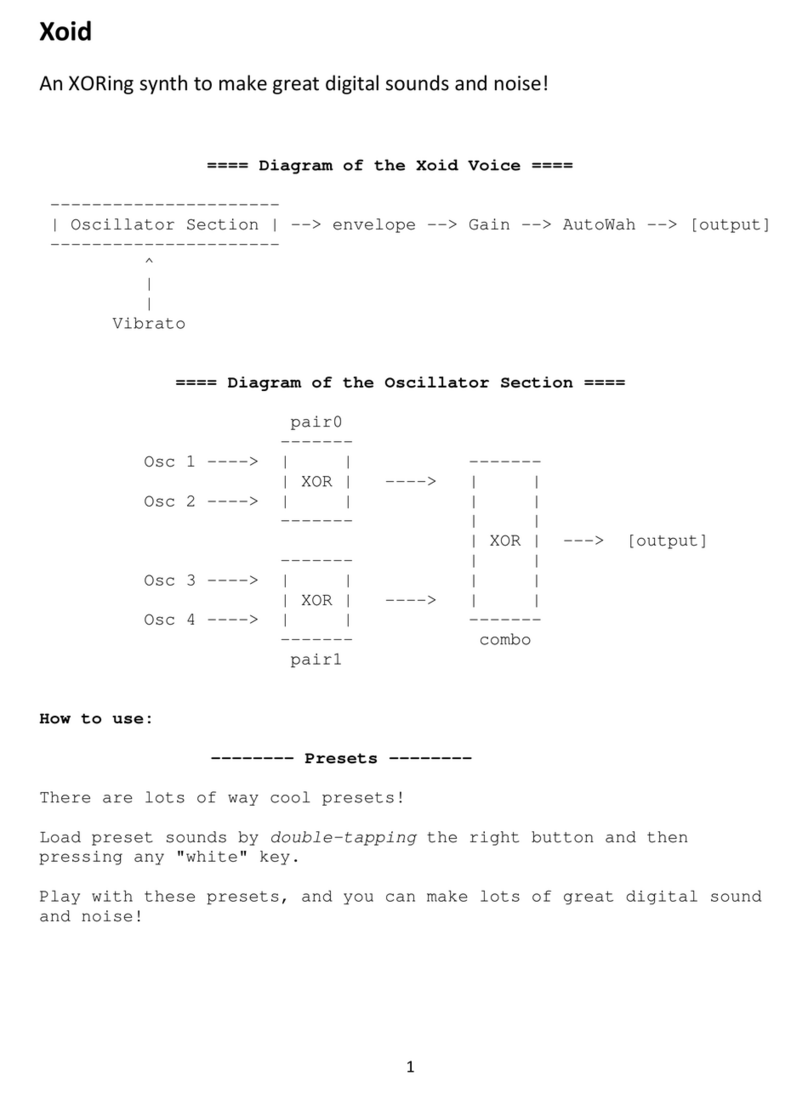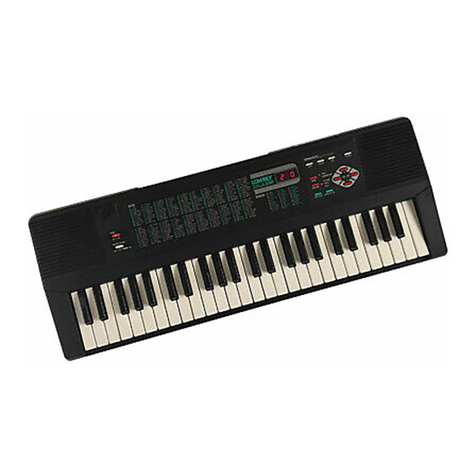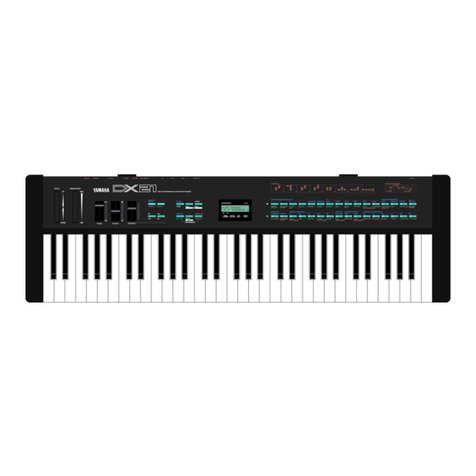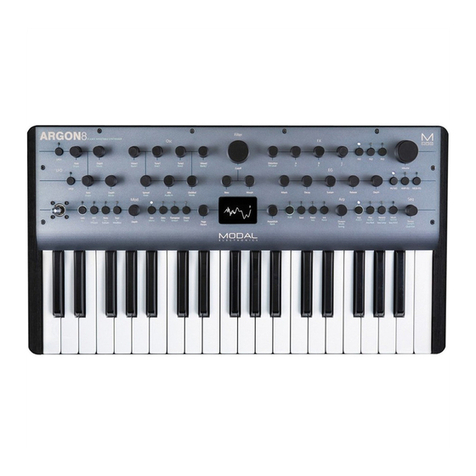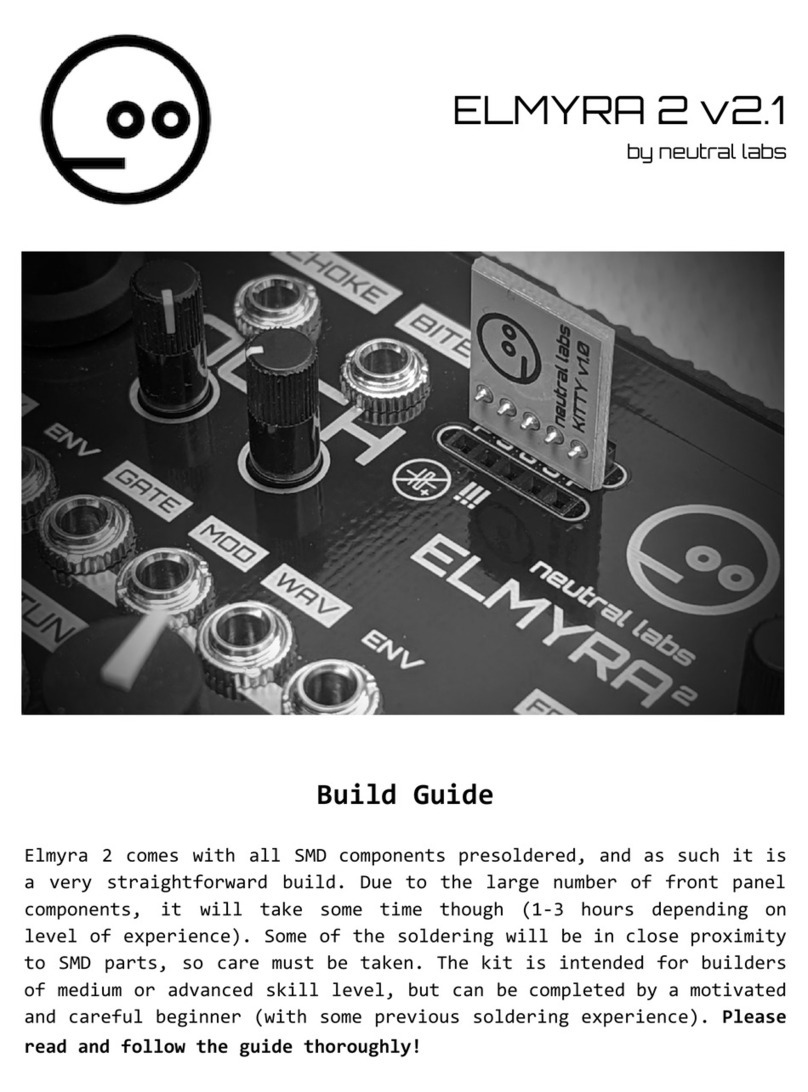
8
----------------------------------------------------------------------
About Quadrant's Tuning
----------------------------------------------------------------------
When you start playing notes on the keyboard you will probably notice that
the 'C' key plays an 'F'. And if you have a really good ear you may also
notice that the interval between C# and G# is not exactly a 5th.
Why is this?
To explain the 2nd observation first, Quadrant uses Harmonic Tuning (also
known as Just Temperament or "Helmholtz's scale") instead of the usual Equal
Temperament (which is the system default).
Harmonic Tuning is actually more "natural" than Equal Temperament (which was
created as a compromise so that keyboard instruments could play in all keys).
In Harmonic Tuning the relative frequencies of all notes compared to the
tonic ('C' in our case) are rational numbers:
Unison 1/1
Minor Second 25/24
Major Second 9/8
Minor Third 6/5
Major Third 5/4
Fourth 4/3
Diminish 5th 45/32
Fifth 3/2
Minor Sixth 8/5
Major Sixth 5/3
Minor Seventh 9/5
Major Seventh 15/8
Octave 2/1
The Echotron uses quantum square wave oscillators which can only be set to
frequencies which have integral wavelengths. The frequencies produced by
these oscillators conform more closely to a scale in Harmonic Tuning than one
in Equal Temperament.
But why does the 'C' key play an 'F'?
The short answer is that on the ArduTouch, whose audio rate is ~15.6 kHz, 'F'
(in octave 1) has a period of 360 samples. 360 is a number favored by the
ancients because it is divisible by a large number of integers: 1, 2, 3, 4,
5, 6, 8, 9, 10, 12, 15, 18, 20, 24, etc. It so happens that by using a tonic
frequency whose period is 360, we are able to use quantum oscillators to
closely approximate the Harmonic Tuning scale over several octaves. Low 'F',
so to speak, is the natural tonic frequency of the ArduTouch.*
Since Quadrant's tuning is only an approximation to an 'F' Harmonic tuning,
certain musical scales (such as E Major, F# Major on the ArduTouch keyboard)
will sound a bit sour. C Major / D Minor work best.
* Actually, on the ArduTouch a waveform with a period of 360 samples
generates a tone with a frequency of 43.578 Hz. In the equal temperament
scale, 'F' in octave 1 has a frequency of 43.654 Hz.

